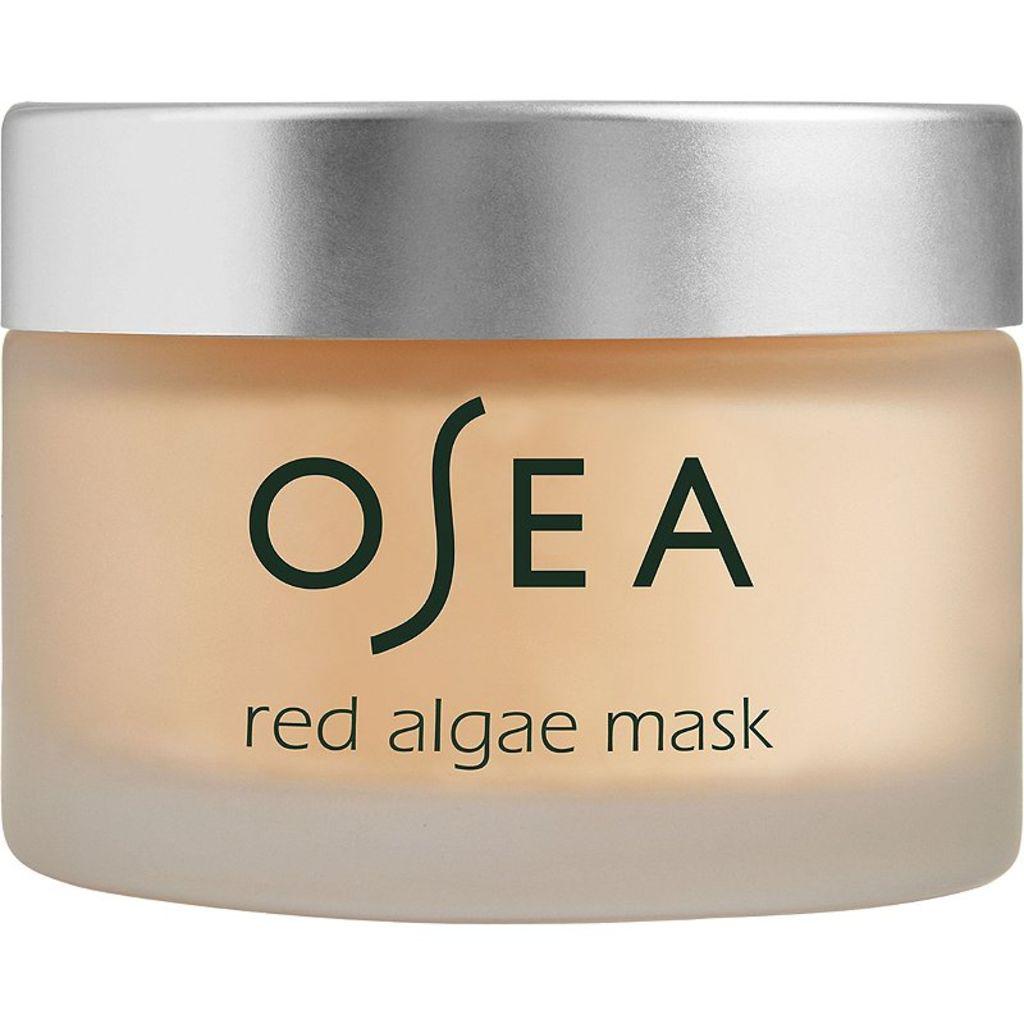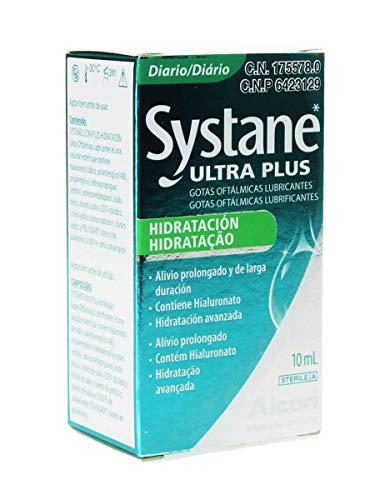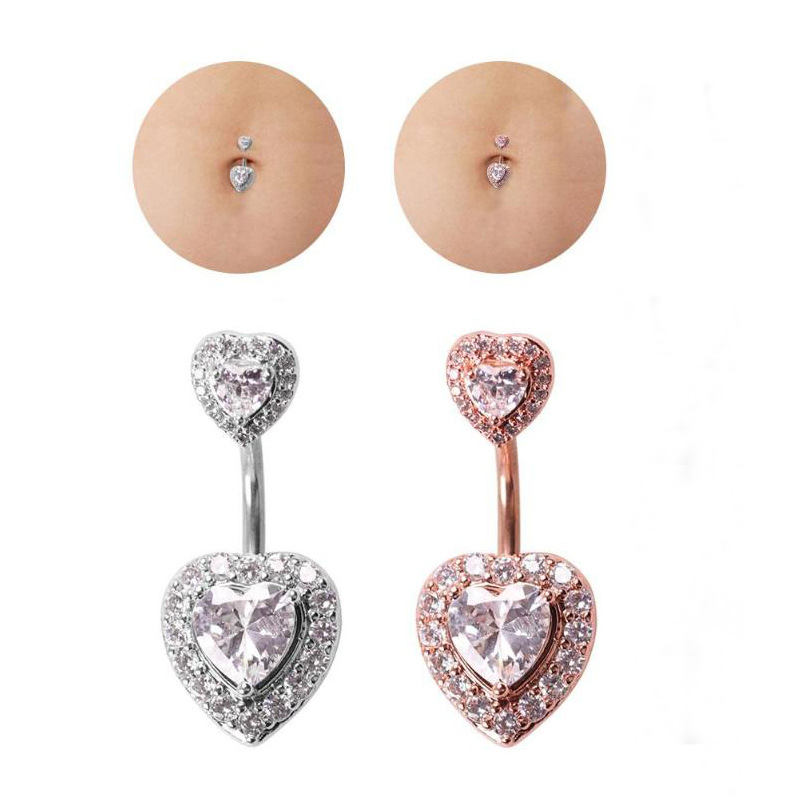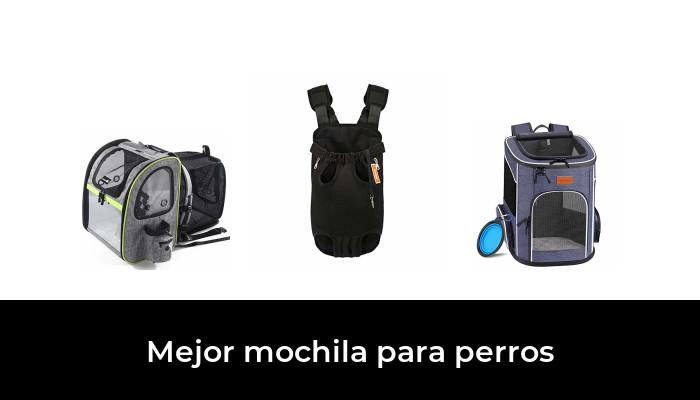20 years after the boom: what was the promise of stem cells
“There are two options for preservation (of stem cells) that need to be considered. These alternatives will give you and your children access to the various therapies that are available today and those that will be available in the future.” Not that Wikipedia is an impeccable source of information, but one would not expect to find such a propagandistic paragraph inserted in the middle of the article on stem cells.
Perhaps it is a remnant of the commercial boom that almost two decades ago generated the appearance of private banks to store umbilical cord blood, a rich source of these powerful cells.
The 2000s were beginning. The millionaire business of these entities was based on the projection that in a few years the scope of a type of therapy that had already been used since the 1950s to treat leukemia would be doubled. Without much being known about the stem cells themselves, they were transplanted into the spinal cord and in many cases displayed great healing power.
Pulling that thread, the bet in the 21st century was for the so-called "regenerative medicine", the possibility of curing diseases, not with drugs but with our own biological material. Stem cells were the stars of that imprint.
After almost 20 years, the expression "stem cells" continues to be heard (messianic) in the most dissimilar contexts: from the propaganda of umbilical cord cell banks in obstetricians' offices to proposals of dubious reputation, such as injections with anti-wrinkle, to cure osteoarthritis of the knee, blindness, diabetes, autism or even in the advertising of facial creams and shampoo.
However, something new and futuristic is emerging. It involves stem cells and slowly emerges, like a powerful green shoot, in various scientific laboratories. Telling it is the horizon of these lines.
The ABC of stem cells
Stem cells are “blank sheets”. They are in the stage prior to cell differentiation, which implies that they do not have an assigned function and, at the same time, they could fulfill all of them.
They are distributed in different parts of the body. There are three types: "embryonic" stem cells (which for bioethical reasons are hardly used in research), those already mentioned from bone marrow and those from umbilical cord blood.
Actually, there is a fourth type: "reprogrammed stem cells". Keep this data.
Due to their enormous potential, for about 30 years scientists have been trying to govern and direct stem cells to, at the investigator's discretion, turn them into skin cells, neurons, bone cells... In the long run it is a bet on the regenerative medicine.
Just imagining it makes me shudder. Heal damaged tissues or dysfunctional organs using the potential of our own body.
However, it was to be expected that in the midst of all this commercial initiatives would emerge - ahead of the logical times of science - based on promises of a cure with these biological units.
This is the case of umbilical cord blood banks, a controversial business for many. And also that of the clinics and doctors that they attract with their unauthorized "cutting-edge" treatments.
The business
What follows is a tour of the commercial world of stem cells. Telling it is key to sizing up the "futuristic green shoot" that will come later.
By the way, it's time to abbreviate “stem cells” for CM.
For years, the promoters of the umbilical cord CM banks have assured that keeping them is life insurance. That science is "in the process of" finding treatments so that the donor-owner of the cells has a shield to combat future illnesses. And not just the donor; also his relatives, due to intrafamily genetic compatibility.
Although there are no official data, a source linked to one of these entities - who asked to protect his anonymity - estimated that in Argentina there are between 80,000 and 100,000 frozen cordons.
The account does not include the units housed in the only public cordon bank in the country, the Garrahan Hospital, where the care comes from altruistic and anonymous donations, except in very specific cases of families with certain hereditary pathologies that they request to protect, for themselves, the material.
In the early 2000s, the safekeeping in private banks was around 1,000 dollars, plus a maintenance of 100 dollars per year. The equation changed and today you enter with 300 and keep it for 200.
An estimate of the activity carried out by banks in the country 16 years ago suggests a movement for the sector of at least 1.5 million dollars per year.
in activity
There are those who believe that the issue of banks “was done”, that the boom lasted until 2010 and now it is a deflated business.
But the propaganda is fresh on the official sites of these companies, active on social networks, current in the Wikipedia article itself cited at the beginning of this note and literally "by hand" in attractive triptychs arranged on the coffee tables of obstetric offices. , with that traditional light blue-pink graphic, photos of beautiful babies and captions like “thinking about your future”.
According to the institution, the speech approaches or directly crosses the limits of misleading advertising.
The promise of future treatments for some 100 pathologies was and remains ambitious. From cardiomyopathies, cirrhosis, liver failure, autoimmune diseases, diabetes, rheumatoid arthritis and lupus, to multiple sclerosis, spinal cord injuries, Parkinson's, Alzheimer's, blindness, autism spectrum disorders, stroke, spinal cord injuries or muscular dystrophy, to name a few. .
The owners
If Diego Fernández Sasso is asked -as Clarín did- about these questions, he does not hesitate. He is a pediatrician, founder of Criocenter and president of ABC Cordón, an entity that brings together seven of the eight cord blood cell banks in Argentina: "If they are not stored, they are discarded. Freezing stem cells is a long-term investment" .
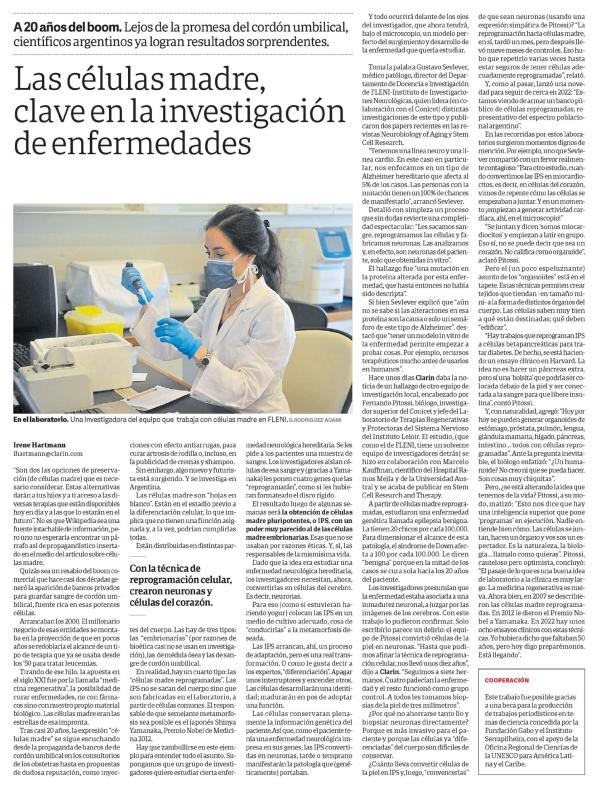
"Of course, I would not recommend anyone to keep cord SCs thinking that they might ever need a bone marrow transplant. The chances are very low. Keeping them makes sense thinking in the long term. It is an investment and, as such, it has a cost. medicine has to think about the future”, he stated, in relation to the only currently authorized treatments with BC: transplants to treat leukemia and other blood diseases.
Megan Munsie is deputy director of the Center for Stem Cell Systems at the University of Melbourne, Australia, and a member of one of the most respected international institutions for SC research, bioethical dilemmas and regulation. It's called ISSCR, which stands for International Society for Stem Cells Research. “Stem cells” means “mother cells” in English.
Munsie is not convinced by Fernández Sasso's argument: “There is concern that banks encourage people to pay to store cord blood, often marketed as a 'biological insurance policy,' when these cells do not yet have the broad promoted regenerative properties”.
Illegal treatments
The Covid instructed a lot about concepts such as "authorized" treatments vs. "experimental phase". Participation in a clinical study requires that the patient consent to it, know the risks and pay nothing.
It would be a challenge for other lines to delve into the murkiest of a world that operates clandestinely. Suffice it to say that, at best, stem cell injections offered by unscrupulous people are made with saline solution, which is blissfully harmless.
Munsie defined it as “different companies that direct their services to people who are looking for hope. People living with chronic conditions, as well as recent injuries, and children with genetic and other conditions that affect their development.”
“It is not my area,” Fernández Sasso said in relation to these proposals, although he stressed that anyone has the right to participate in studies in the experimental phase, and assured that there are “exciting results” from studies with stem cells in children with neurological diseases.
A survey of Australians who had paid for unapproved treatments (at home or abroad) found that bids ranged from $7,000 to more than $70,000 per treatment. "People are encouraged to attend the clinic multiple times, not counting travel and lodging," Munsie said.
In another study "more than 140 online fundraising campaigns were analyzed: the majority of people were looking for $20,000 to support access to stem cell treatments."
“Although they sometimes make it clear that they are doing research, they often operate out of hospitals, do not conduct clinical trials or support ongoing research. They have little credible justification for the treatments they sell, and they don't share their data or publish results,” he emphasized.
Balance
To reach the promised "green shoot", the balance of the Conicet researcher Alejandra Guberman, director of the Laboratory for the Regulation of Gene Expression in Stem Cells of the Institute of Biological Chemistry (Faculty of Exact Sciences-UBA), is good: "I don't think that the banks are a scam because, in fact, they keep the cells and that has a cost. One has the right to keep them. Perhaps in the future they will serve”.
“The issue is that the person is adequately informed. That you know what they are for today, what approved treatments there are and that if you participated in one in the experimental phase they would have to offer it to you for free, "she said.
And, most importantly, she added, "to be explained that, even if effective treatments are approved in the future, the amount of stem cells that come out of an umbilical cord could be insufficient for an adult."
Green shoots
The protagonists from now on are the reprogrammed stem cells or IPS, the acronym for Induced Pluripotent Stem Cells, the fourth type of stem cells, mentioned an infinity of lines above.
The IPS are not taken from the body but are made in the laboratory, from ordinary cells. The person responsible for such a metamorphosis being possible is the Japanese Shinya Yamanaka, Nobel Prize in Medicine 2012.
His discovery, for many, will end up crushing the business of private cord cell banks. What would be the point of paying to keep them if they can be manufactured in the laboratory?
In any case, fascinating, even futuristic, things are being done with IPS at a level that will be disturbing to many.
You have to dive into this example to understand the whole thing. Suppose a group of researchers wants to study a certain inherited neurological disease. The goal is to understand it and improve the lives of those who suffer from it.
Patients are asked for a blood sample. In an abracadabra difficult to imagine, the researchers isolate cells from that blood and (thanks to Yamanaka) insert four genes into them that will "reprogram" them, as if they had formatted their hard drive.
The result after a few weeks will be the obtaining of pluripotent stem cells, or IPS, with a power very similar to that of embryonic stem cells. Those that were not used for ethical reasons. And, yes, those responsible for life itself.
Genetic information
So, reprogrammed stem cells were obtained from blood cells. Since the idea was to study an inherited neurological disease, the researchers now need to turn them into brain cells. That is, neurons.
For that (as if they were making yogurt) they place the IPS in a suitable culture medium, in order to “lead” them to the desired metamorphosis.
The IPS start, there, an adaptation process, but it is not a mere act of survival but a real transformation. Or as the experts like to say, “differentiation”. Turn off some switches and turn on others. The cells will develop an identity; they will mature in order to adopt a function.
The incredible thing is that, despite the traumatic transformational sequence, the cells fully preserved the patient's genetic information. That material as irremediable as it is essential, which makes one one, with its virtues and defects.
So, since the patient had a neurological disease imprinted in his genes, the IPS converted into neurons will sooner or later manifest the pathology that they (genetically) carried.
And everything will happen in front of the eyes of the researcher, who will now have, under the microscope, a perfect model of the emergence and development of the disease he wanted to study.
Disease modeling
Gustavo Sevlever, pathologist, director of the Department of Teaching and Research of FLENI-Institute of Neurological Research, who leads (in collaboration with the Conicet) different investigations of this type, takes the floor.
Two, in fact, were captured in recent papers. For fans, just google the first words of each work: "A novel mutation in PSEN1 (p.T119I)..." (Neurobiology of Aging, 2019) and "Generation of a human induced pluripotent stem cell..." ( Stem Cell Research, 2020).
“We have a neuro line and a cardio line. In this particular case (N. de la R.: because they also study some rare types of muscular dystrophy) we focus on a type of hereditary Alzheimer's that affects 5% of cases. We were interested because it is reported that people with the mutation have a 100% chance of manifesting this Alzheimer's, and in a very stereotyped way," Sevlever began.
He simply detailed a process that undoubtedly reverses a spectacular complexity: “We take blood, reprogram the cells and manufacture neurons. We analyze them and, in effect, they are neurons from the patient, only obtained in vitro”.
The finding was "a mutation in the protein altered by this disease, which until then had not been described."
Although Sevlever explained that "it is not yet known whether alterations in this protein are the cause or just a traffic light of this type of Alzheimer's", he stressed that "having an in vitro model of the disease allows us to start testing things. For example, therapeutic resources long before using them in humans”.
benign epilepsy
A few days ago Clarín gave the news of a finding by another local research team, headed by Fernando Pitossi, biologist, senior researcher at Conicet and head of the Laboratory of Regenerative and Protective Therapies of the Nervous System at the Leloir Institute. The study (which, like that of FLENI, has a solvent team of researchers behind it) was carried out in collaboration with Marcelo Kauffman, a scientist at the Ramos Mejía Hospital and the Austral University.
The lengthy title of the paper, fresh from the oven in the journal Stem Cell Research and Therapy, begins as follows: "A familiar study on self-limited childhood epilepsy patients...".
Using reprogrammed stem cells, they studied a genetic disease called benign epilepsy. They have 20 guys for every 100,000. To measure the scope of this pathology, Down syndrome affects 100 per 100,000. They call it "benign" because in half of the cases it heals on its own by the patient's 20th birthday.
The researchers hypothesized that the disease was associated with neuronal immaturity, judging by the images of the brains. With this work they were able to confirm it.
neurons of the skin
Just writing it down sounds like a delusion: Pitossi's team turned skin cells into neurons. "Until we were able to fine-tune the cell reprogramming technique, it took us about ten years," he sighed with relief, in dialogue with Clarín.
“We say it's a 'family' study because we follow seven brothers. Four had the disease and the rest functioned as a control group. We all took three-millimeter skin biopsies,” he reported.
Passionately devoted to the cause, Pitossi rolled up his coat sleeves to reveal a small scar on his forearm: "Like this one."
Why not save yourself so much trouble and biopsy neurons directly? Sevlever and his colleague explained:
- It is more invasive for the patient.
- Being mature, the already "differentiated" cells of the body are difficult to preserve. They don't last long because they don't keep dividing as much. The reprogrammed ones can continue to be used for research for years.
How long does it take to convert skin cells into IPS and then “convince” them that they are neurons (to use a sympathetic Pitossi expression)?
“The reprogramming into stem cells itself took a month, but then it took nine months of controls. This had to be repeated several times until we were sure of having properly reprogrammed cells”, he recounted.
And, as in passing, he launched a novelty to follow closely in 2022: “We are looking to set up a public bank of reprogrammed cells, representative of the Argentine population spectrum. Have compatible cells for the majority of the population. Is this possible to do".
Organoids
In the tours of these laboratories, moments worthy of mention arose. For example, one that Sevlever shared with truly contagious fervor: “For another study, when we converted IPS into cardiomyocytes, that is, into heart cells, we suddenly saw how the cells started to stick together. And in a moment, they start generating cardiac activity, right there in the microscope!”
“They get together and say 'we are cardiomyocytes' and start beating in a group. Of course, it cannot be said that it is a heart. It does not qualify as an organoid”, Pitossi clarified.
But the (slightly creepy) issue of "organoids" is on the table. These techniques allow the creation of tissues that tend -in mini size- to the shape of different organs of the body. The cells know very well what they are destined for; what should they “build”.
Does it shake?
“There are works that reprogram IPS to pancreatic beta cells to treat diabetes. In fact, a clinical trial is underway at Harvard. The idea is not to make an extra pancreas, but rather a 'sachet' that could be placed under the skin and connected to the blood to release insulin,” Pitossi said.
And, naturally, he added: "Today it is possible to generate organoids from the stomach, prostate, lung, tongue, mammary gland, liver, pancreas, intestine... all with reprogrammed cells."
Faced with the inevitable question, the biologist emphasized: "A humanoid? I don't even think it can be done. They are very small things."
But, is the idea we have of life changing? Pitossi, in his own way, clarified: "This tells us that there is a superior intelligence that puts 'programs' into execution. Nobody understands how. The cells come together, make an organ and you are a spectator. It is nature, biology ... Call it whatever you want".
Now, he added, "it is not life, but it is not 'non-life' either. The cells are alive. However, it is far from the status of a person."
animals in sight
Sevlever focused on another central scope of disease modeling with reprogrammed cells: “In animal studies you have to be very careful not to do a cruel thing. And, precisely, the modeling of diseases allows you to greatly reduce preclinical studies. They will not disappear, but they can be reduced.
“We will see if tomorrow all this will help us to test and generate effective drugs against different diseases. Today, genetic pathologies are studied with IPS, but other things are also beginning to be tested, such as drug toxicity”, he pointed out.
It happens that “half of the drugs that the FDA removes from the market are canceled due to toxicity. If a drug already exhibits toxicity in vitro, it is highly likely that it will also do so on a human scale. Not the other way around."
How long until a damaged tissue can be replaced by another produced in the laboratory with IPS?
Pitossi, cautious but optimistic, concluded: “The passage from what is a good idea from the laboratory to the clinic is very long. Regenerative medicine is new. Now, in 2007 reprogrammed stem cells were described. In 2012 Yamanaka was awarded the Nobel Prize. In 2022 there are about eight clinical trials with these techniques. I would have said 50 years to go, but today I say let's get ready. It's coming."
ACE
Recognition
This work was possible thanks to a grant for the production of journalistic works on science issues, granted by the Gabo Foundation and the Serrapilheira Institute , with the support of the UNESCO Regional Office for Science in Latin America and the Caribbean .
TOPICS THAT APPEAR IN THIS NOTE
Comments
Commenting on Clarín's notes is exclusively for subscribers.
Subscribe to comment
I already have a subscription
Clarion
To comment you must activate your account by clicking on the e-mail that we sent you to the box Did not find the e-mail? Click here and we'll resend it to you.
I already activated itCancelClarion
To comment on our notes, please complete the following information.

![47 best antiage nutritive cream in 2022 [based on 326 reviews]](https://website-google-hk.oss-cn-hongkong.aliyuncs.com/drawing/article_results_6/2022/2/27/1918fc37c66ad30564173e69d9df88a0.jpeg)

